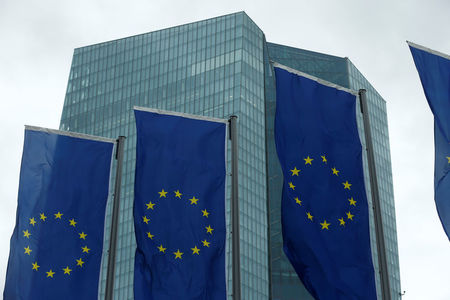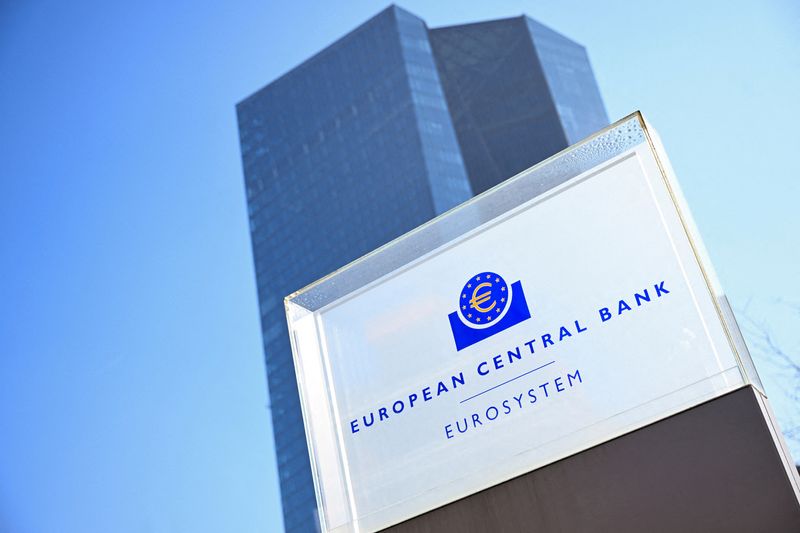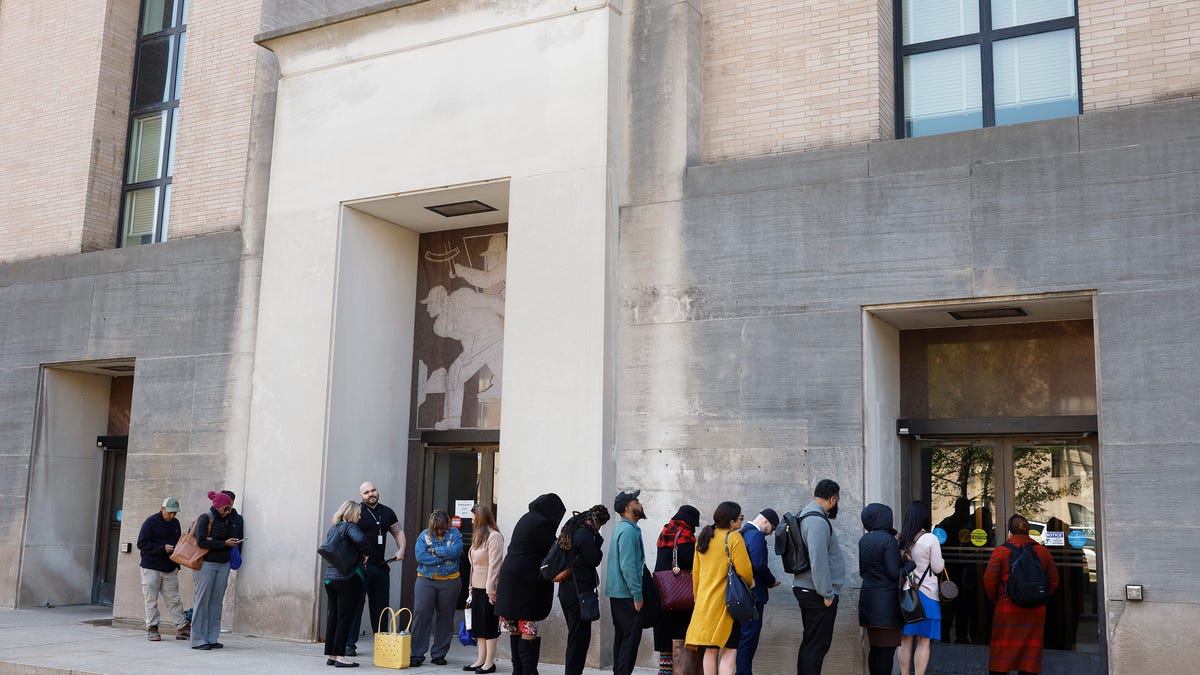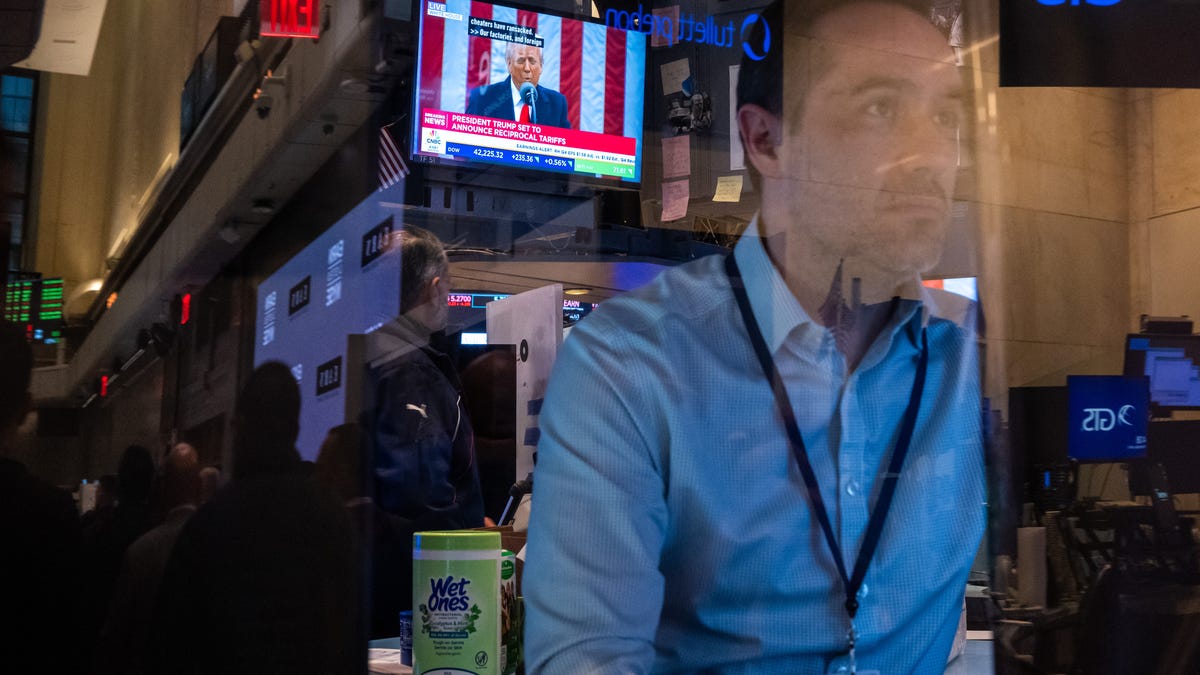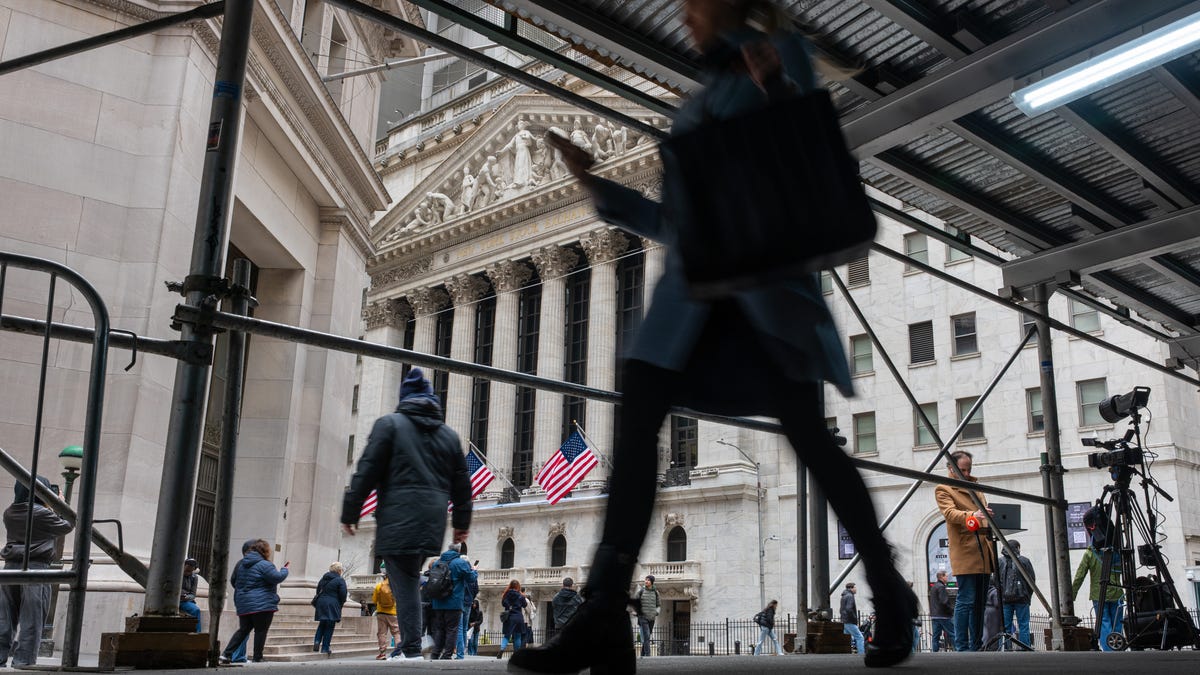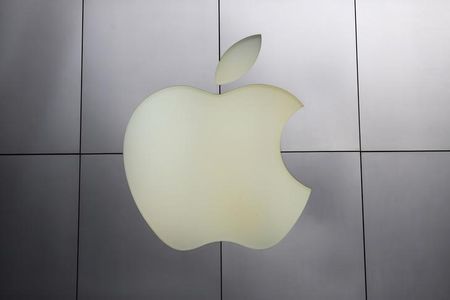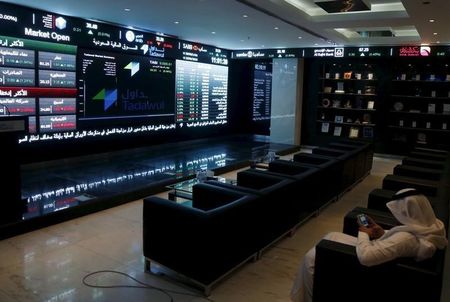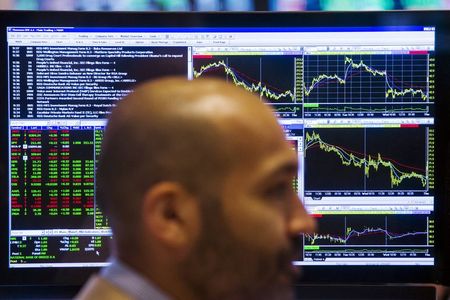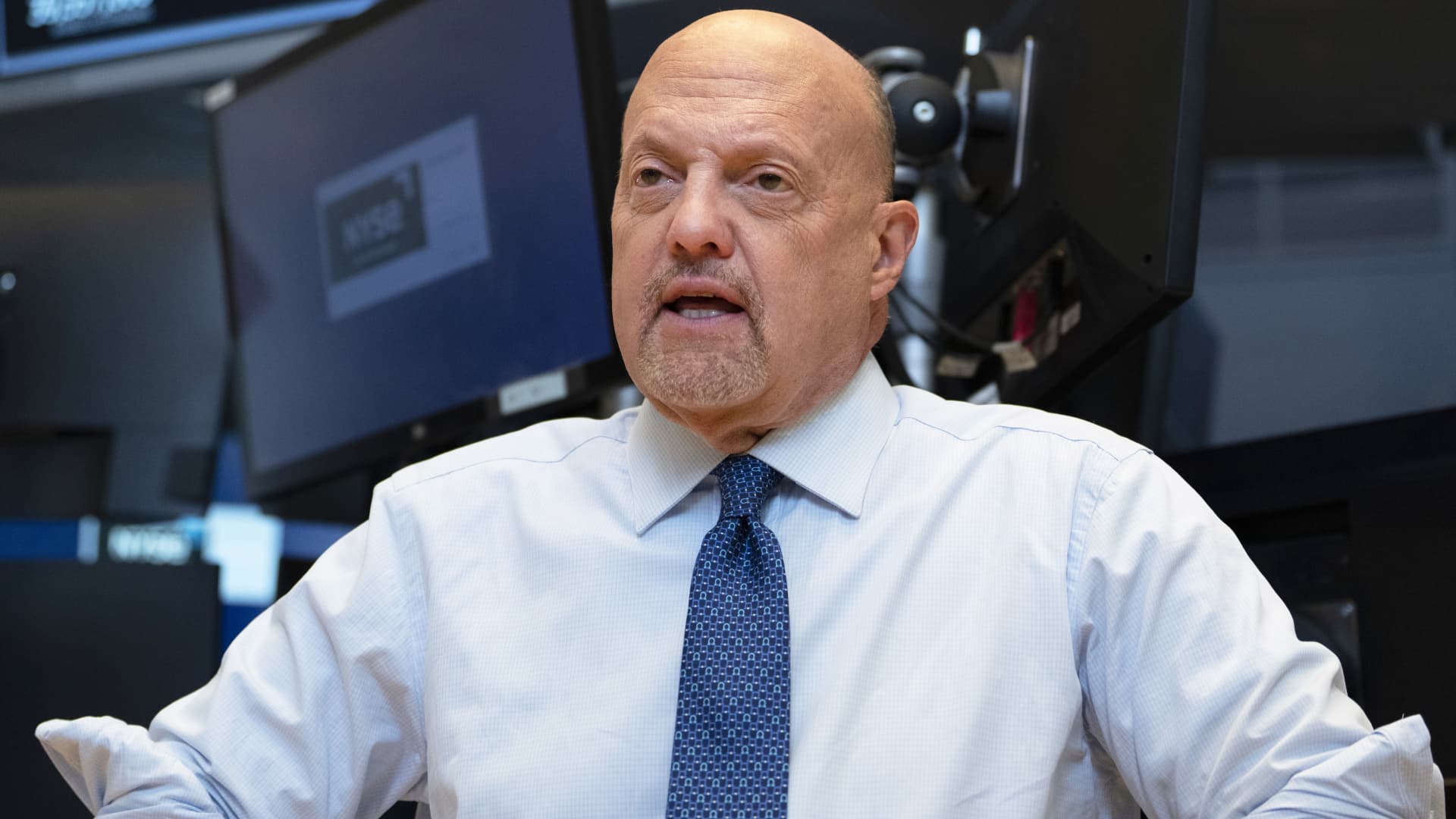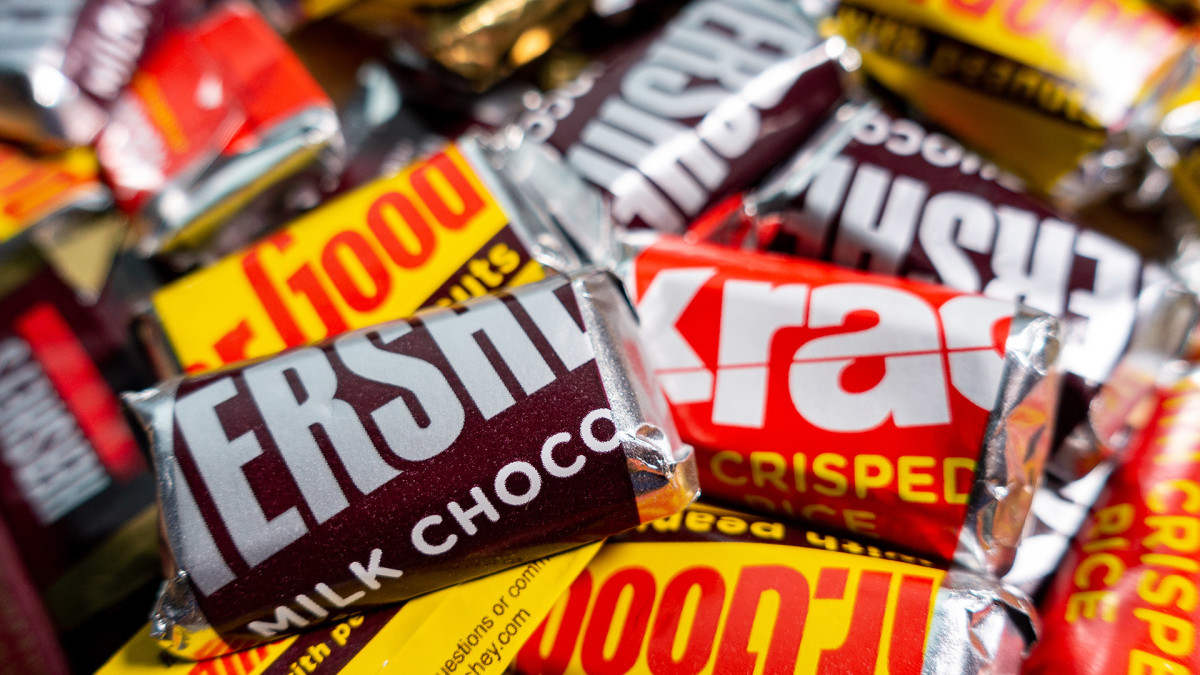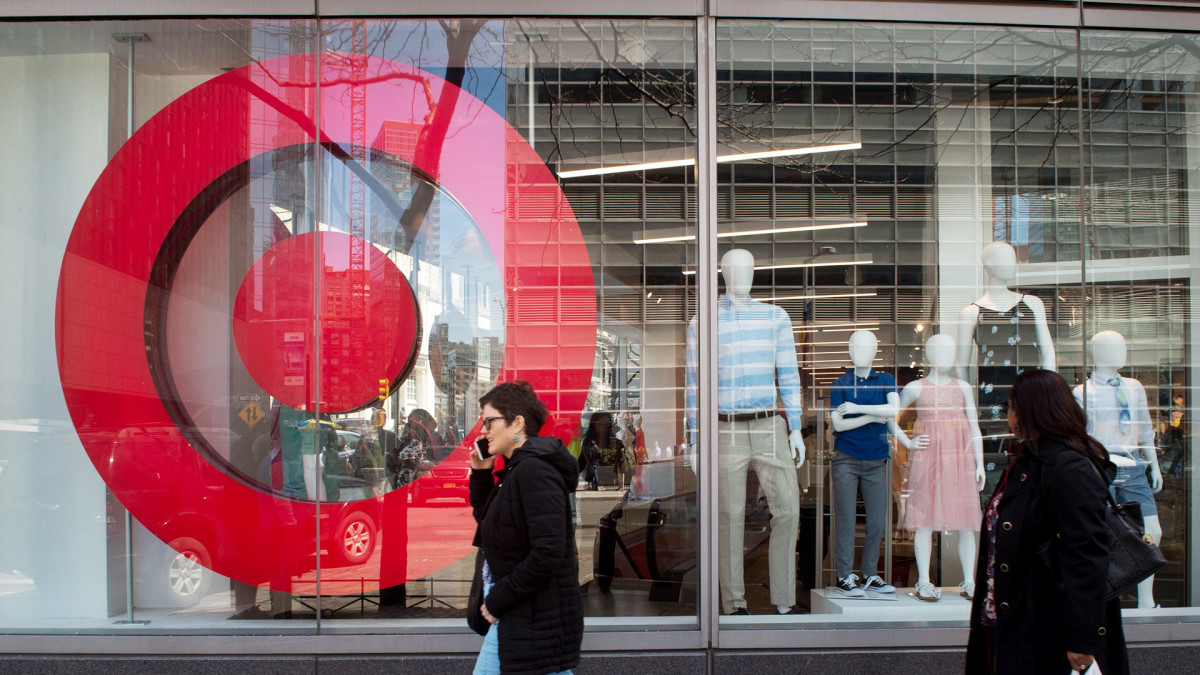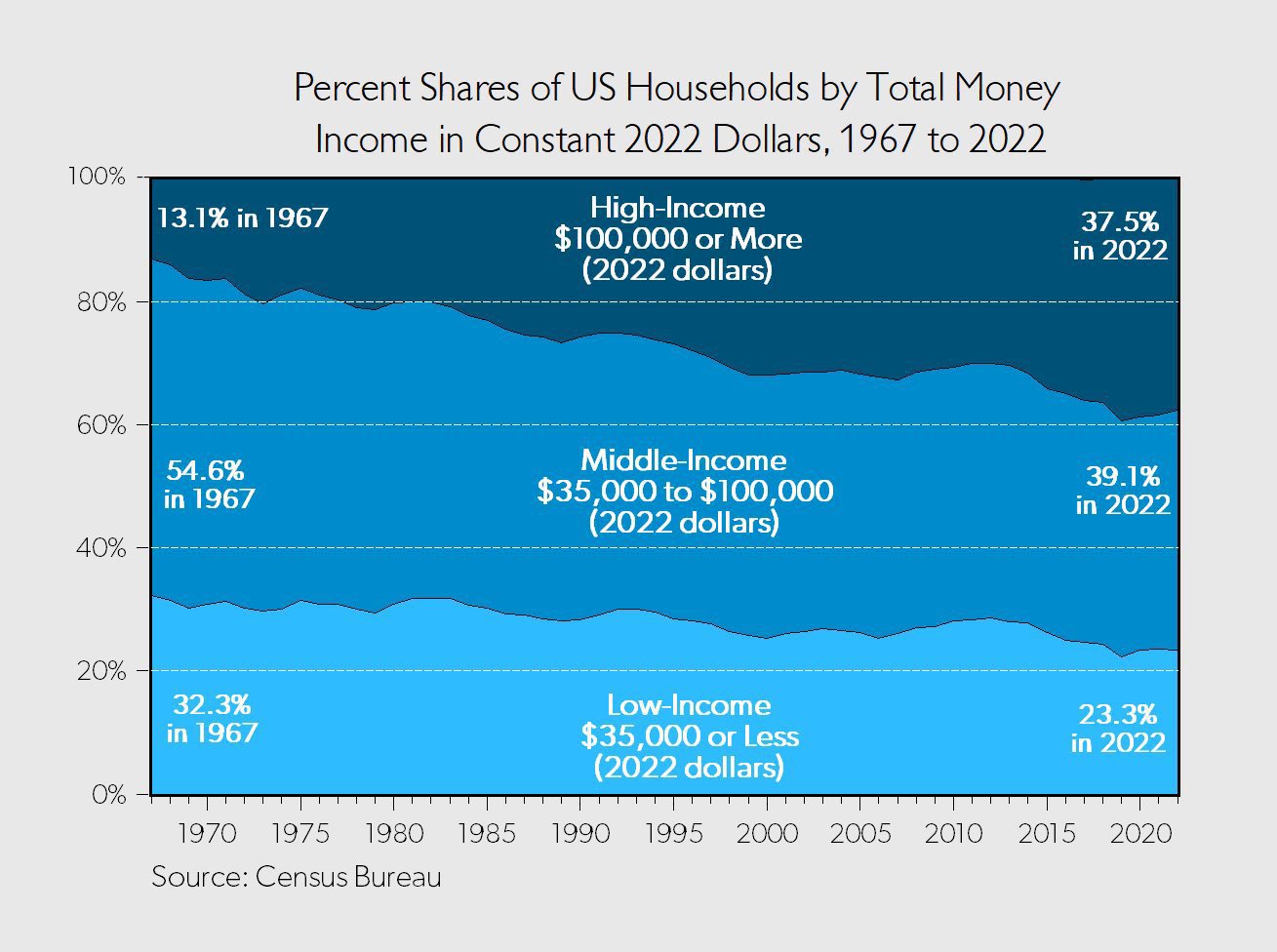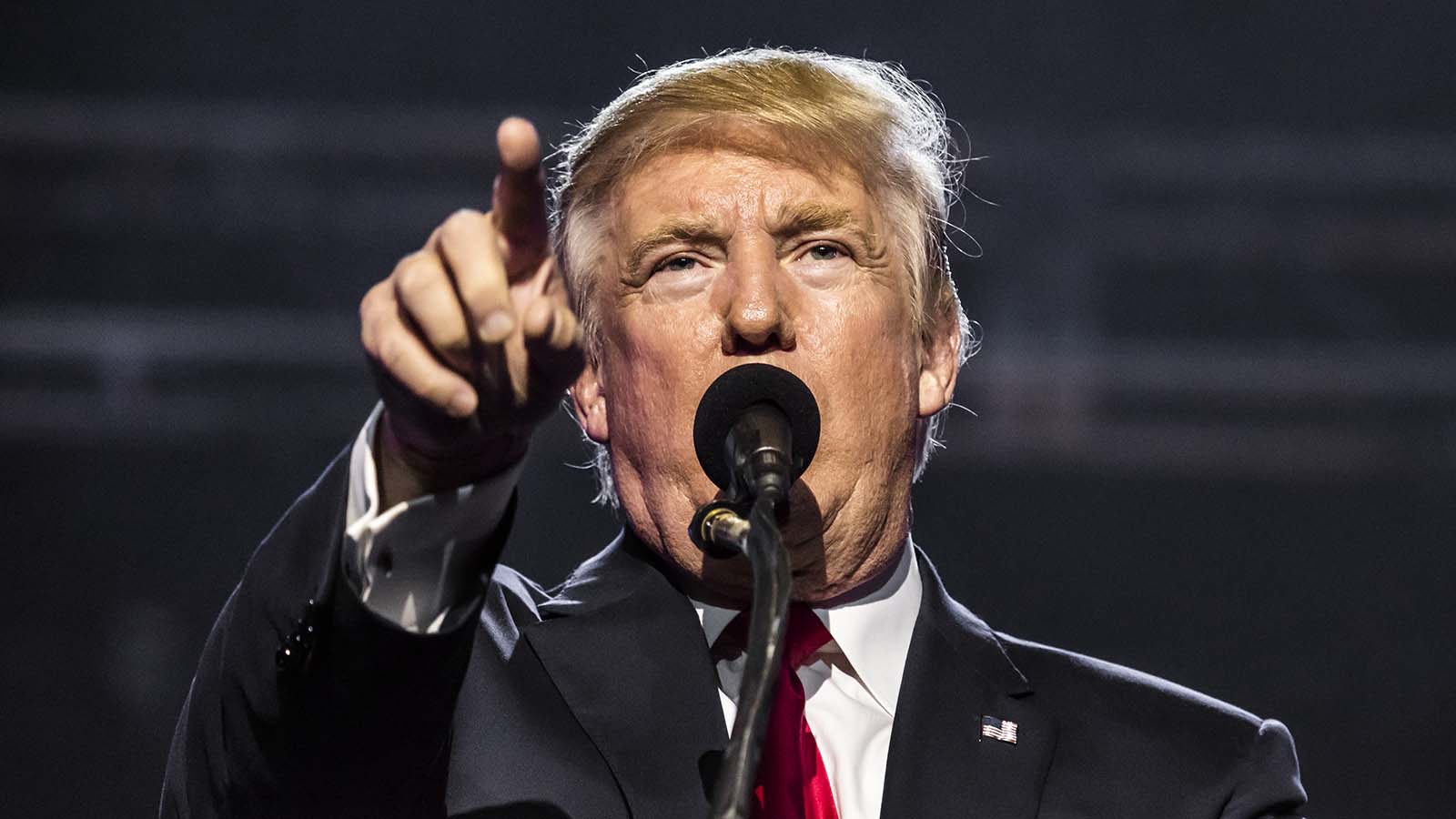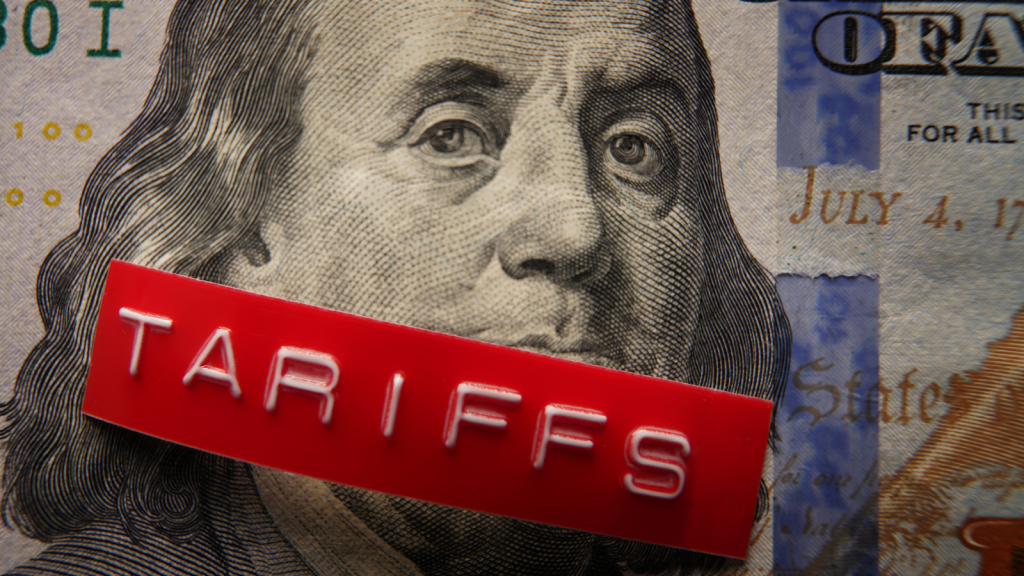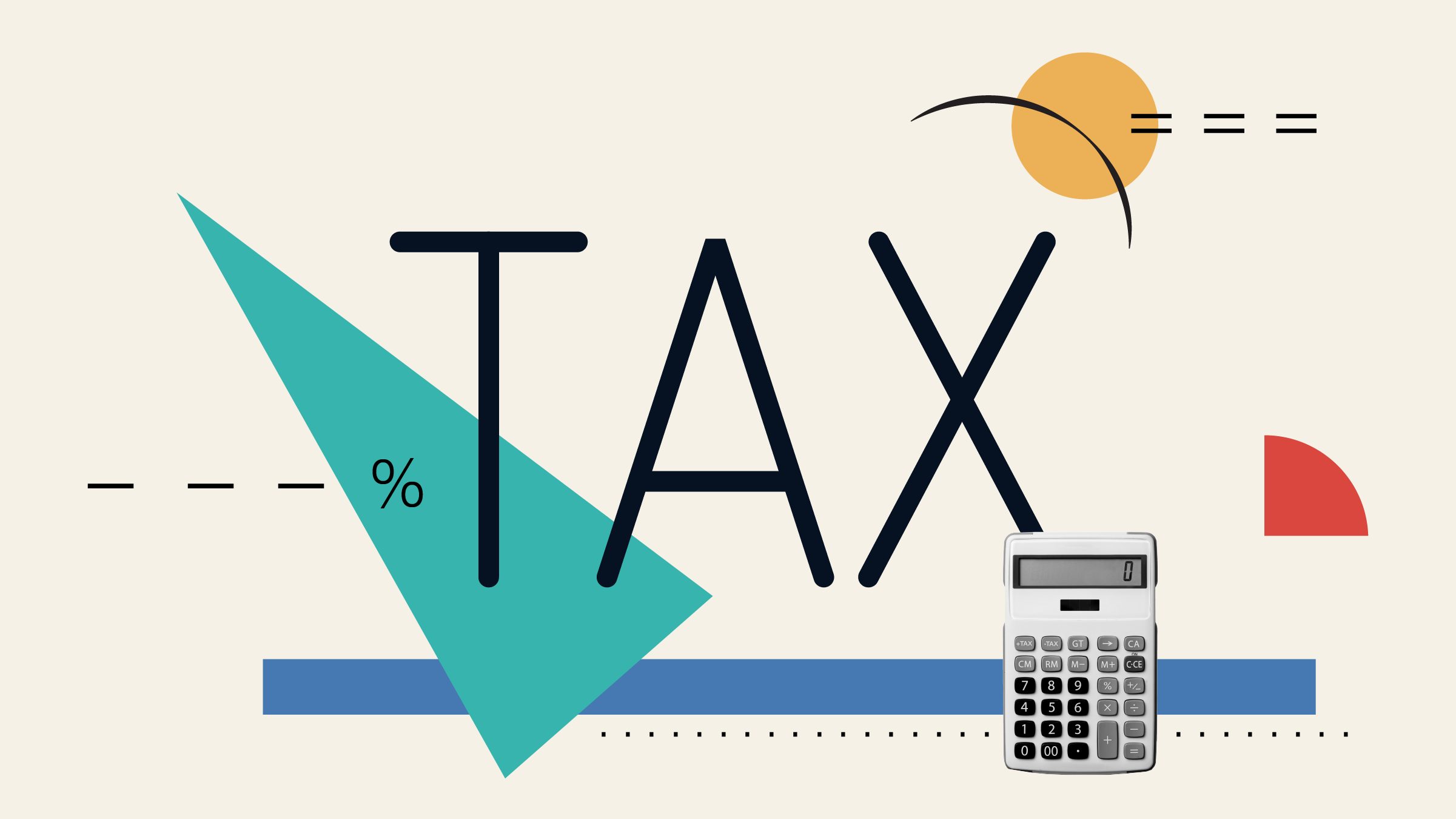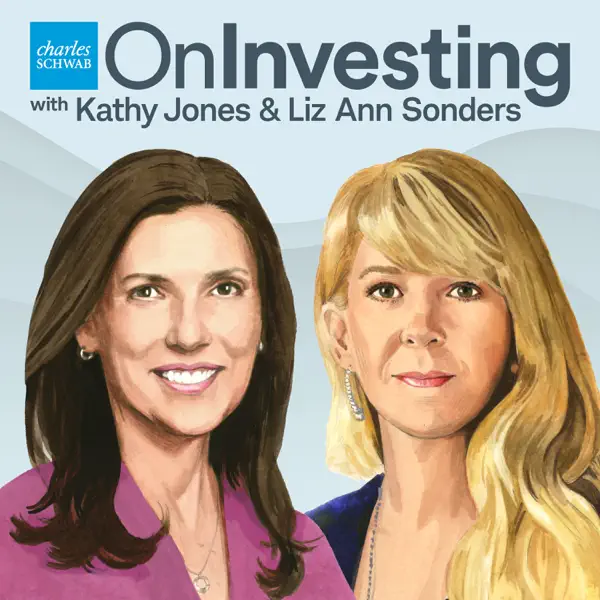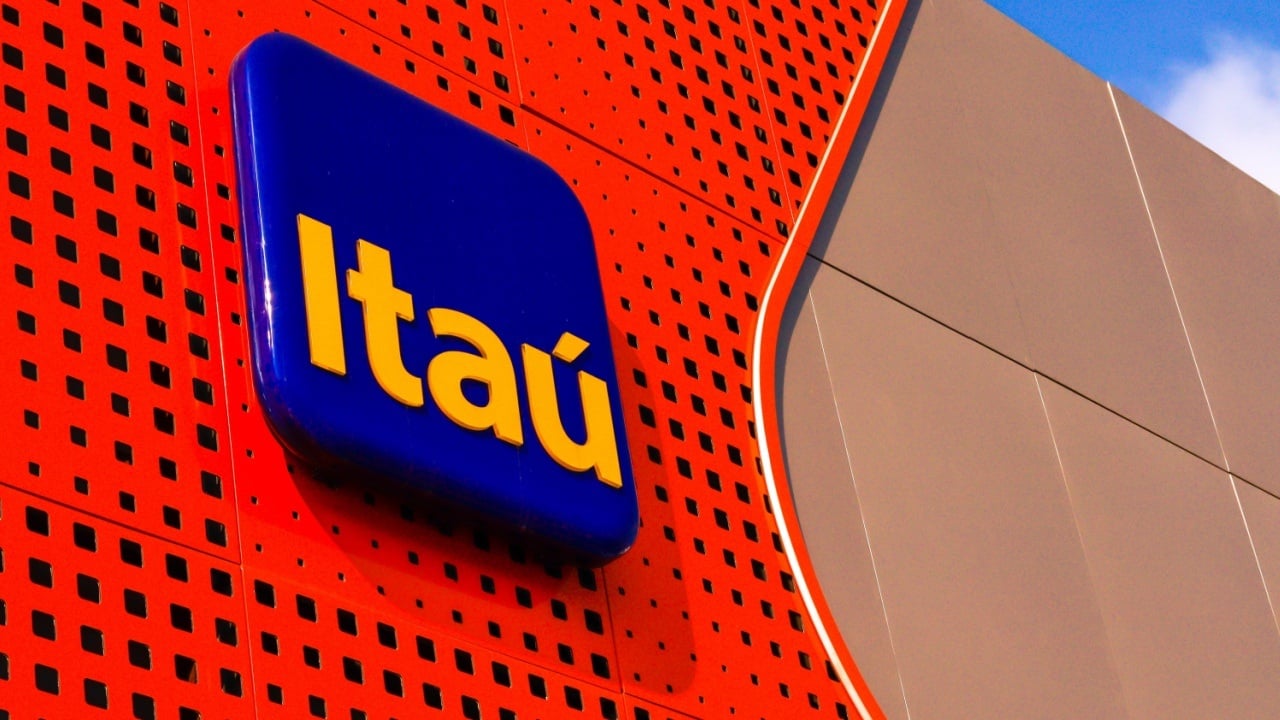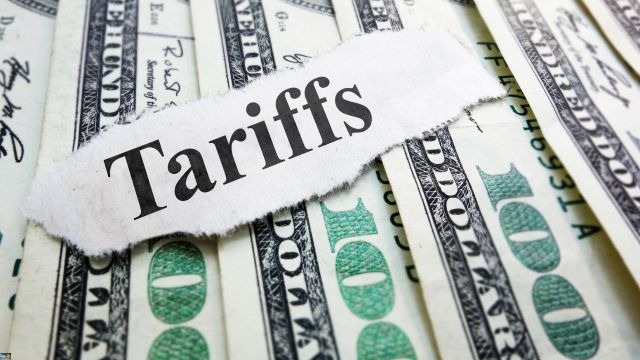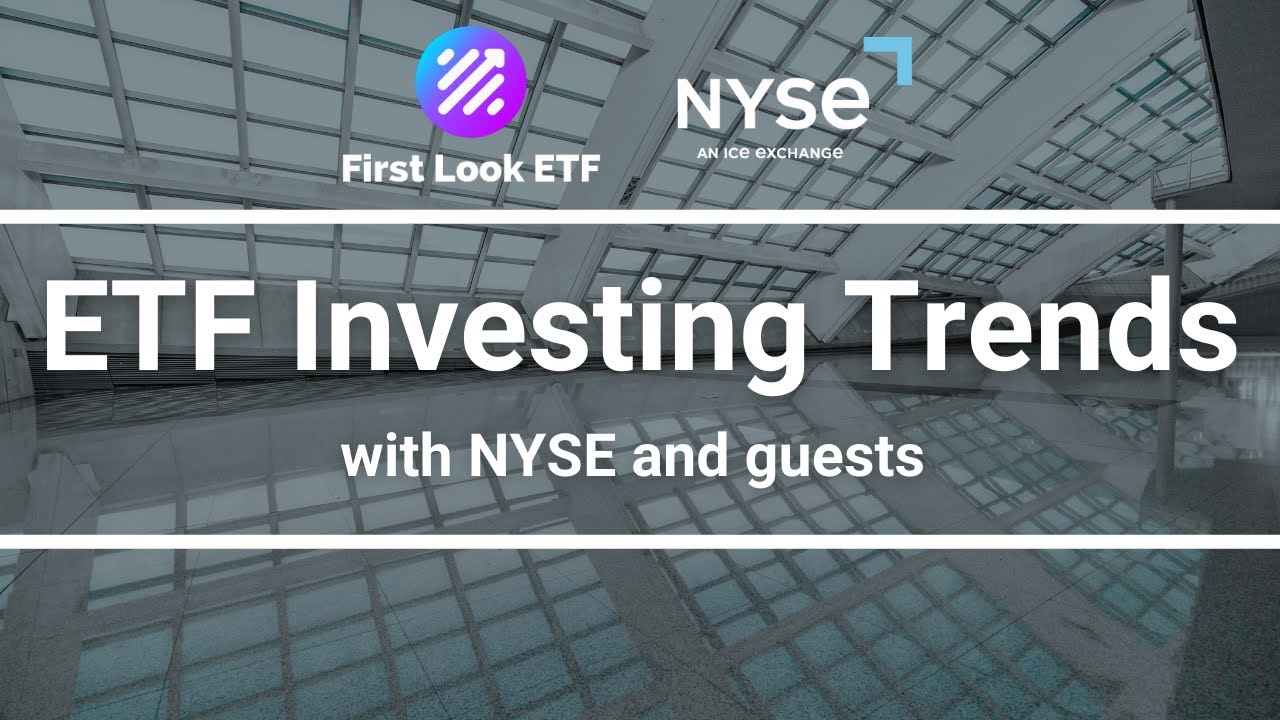Can Robinhood’s (HOOD) New Wealth Management Services Lead to a Winning 2025?
Believe it or not, but Robinhood (Nasdaq: HOOD) is still up year-to-date. The company’s stock is up about 6% in 2025. Yet, if you own Robinhood, it might not feel like 2025 has been a winning year. Between February 14th and March 10th, shares of Robinhood dropped by about 45% in less than a month’s time. While shares have […] The post Can Robinhood’s (HOOD) New Wealth Management Services Lead to a Winning 2025? appeared first on 24/7 Wall St..

Believe it or not, but Robinhood (Nasdaq: HOOD) is still up year-to-date. The company’s stock is up about 6% in 2025. Yet, if you own Robinhood, it might not feel like 2025 has been a winning year.
Between February 14th and March 10th, shares of Robinhood dropped by about 45% in less than a month’s time. While shares have rebounded a bit, Robinhood is still trading about 36% below that mid-February peak.
On March 26th, Robinhood laid out a broad new suite of wealth management services at its Lost City of Gold event. Let’s break down what the company announced and the near-term and long-term implications of the event.
Key Points
-
Robinhood recently hosted an event where it rolled out a series of new features aimed at converting more members to Robinhood Gold.
-
The company is trading at reasonable levels relative to trailing earnings, but investor sentiment has plunged at historic levels. That could lead to some near-term choppiness in Robinhood’s business.
-
Nvidia made early investors rich, but there is a new class of ‘Next Nvidia Stocks’ that could be even better. Click here to learn more.
Robinhood’s Lost City of Gold Event
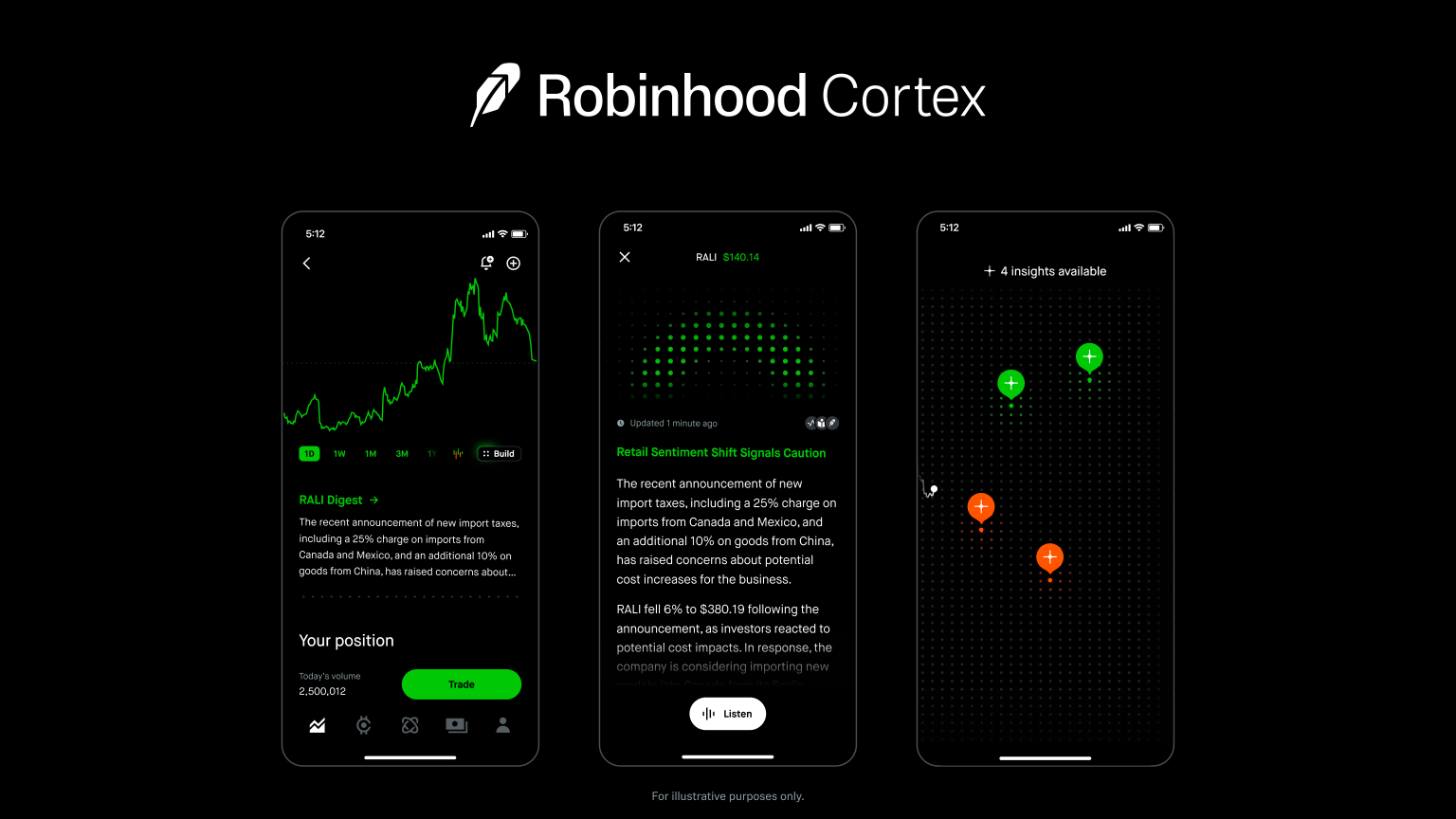
First of all, it just needs to be said that the fact Robinhood is hosting events (and attracting significant media attention) is emblematic of why the company is succeeding to begin with.
While competitors in the brokerage and wealth management space move at a plodding pace, Robinhood is far more innovative and nimble. With AI promising to reshape the wealth management space – more on that in a moment – the culture of Robinhood and ability to adapt to technology changes sets them apart from their competition.
So, what did Robinhood announce? Their landing page for the event lays it out fairly succinctly:
- Robinhood Strategies: A new service that offers ETFs between different expert-managed strategies – such as growth, value, or international – and other advantages such as tax harvesting. While ETFs that specialize in strategies are nothing new, services that create allocations and also offer tax benefits have traditionally charged more than Robinhood’s new service. The company is charging .25% for Strategies, but that amount is capped at $250 per year for Robinhood Gold members.
- Robinhood Banking: Pushes Robinhood into new areas like estate planning. The service offers high-yield savings accounts, professional tax advice, and more. One notable feature that attracted significant media attention is that Banking includes cash delivery to doorsteps (the Uber for cash!).
- Robinhood Cortex: A new AI investment tool that includes features like Stock Digest and Trade Builder. Many lucrative areas for brokers like options trading are complicated, so you can see how expanded AI tools could be a major draw for bringing traders to Robinhood over competitors.
The Outlook for Robinhood (HOOD) Stock
As I noted earlier, the most important aspect of Robinhood’s Lost City of Gold event is that it shows Robinhood remains the number one innovator in the space. However, we should analyze why the company’s stock has been declining and the revenue potential of these new features.
Robinhood currently trades for 27X earnings, which relative to its recent growth rates looks extremely reasonable. However, it needs to be noted that the company can be extremely cyclical, so it’s likely trading at peak earnings for a period.
For example, in Q4 the notional volume of crypto trading hit $71 billion, which was up 455% year-over-year and 393% quarter-over-quarter. This massive surge in crypto trading was incredibly lucrative. The company reported $358 million in crypto trading revenue (up from $45 million the prior year). Overall, transactions of all types were incredibly elevated in the fourth quarter. Options contracts were up 61% from the prior year while equity trading volumes were up 155%.
However, as a large investing website 24/7 Wall St can retain proprietary data on investor interest and sentiment. Current investor sentiment levels are historically low, and this shift began on Febraury 14th and has seen sentiment erode at a faster level than any prior period we’ve observed.
With crypto markets trading significantly below recent highs and equity markets – including many retail favorites like Tesla (Nasdaq: TSLA) and NVIDIA (Nasdaq: NVDA) – also far below levels to begin the year, it’s likely that in the near-term Robinhood could come in substantially below the results observed in the fourth quarter.
Thankfully, Wall Street’s estimates are already far below recent results. Wall Street expects $.40 in normalized EPS in the first quarter (versus $1.04 in Q4) and $1.55 this year. That leaves Robinhood trading at about 26X 2025 earnings estimates.
Adding more caution to Robinhood’s outlook is how the company performed during the last major market downturn. In 2021 Robinhood recorded $1.82 billion in revenue, which was up slightly less than 100% year-over-year. However, 2022 saw sales shrivel up to $1.36 billion, and the company’s stock tanked.
Are we in another 2022?
Simply put, it will depend on the broader market. As we noted earlier, sentiment is likely worse than Wall Street expectations right now. However, if concerns around tariffs clear up and many of the leading favorites of retail investors rebound (Bitcoin, NVIDIA, Tesla, etc.), then Robinhood will rebound alongside the market. For now, I would rate the near-term as extremely risky given the buying appetite for retail investors is likely far worse than Wall Street has modeled for the rest of the year.
How Much of An Impact Will These New Wealth Management Services Have?
Long-term, I’m a big fan of Robinhood’s services. Most of the features announced at their Lost City of Gold event are about converting members to their Gold subscription tier. That tier was 6.1% of Robinhood users in Q4 2023, and grew to 10.5% at the end of 2024.
With features like cheap wealth management, banking services, and AI features, Gold only continues to become increasingly more useful. You could see a future where Robinhood’s percentage of gold subscribers reaches 25% or more of members. Of course, that provides not only revenue from Robinhood Gold, but increases engagement for the real revenue drivers (like transaction-based revenues) in Robinhood’s business.
I host the AI Investor Podcast for 24/7 Wall St and have considered Robinhood for a portfolio we keep of winners in the AI era. I’ve been holding off on the name since it could be so volatile in the near-term, but events like the Lost City of Gold increase my certainty that the AI era will only serve to enhance Robinhood’s innovation gap with rivals like Schwab.
I’m short-term cautious and long-term bullish on Robinhood.
The post Can Robinhood’s (HOOD) New Wealth Management Services Lead to a Winning 2025? appeared first on 24/7 Wall St..




